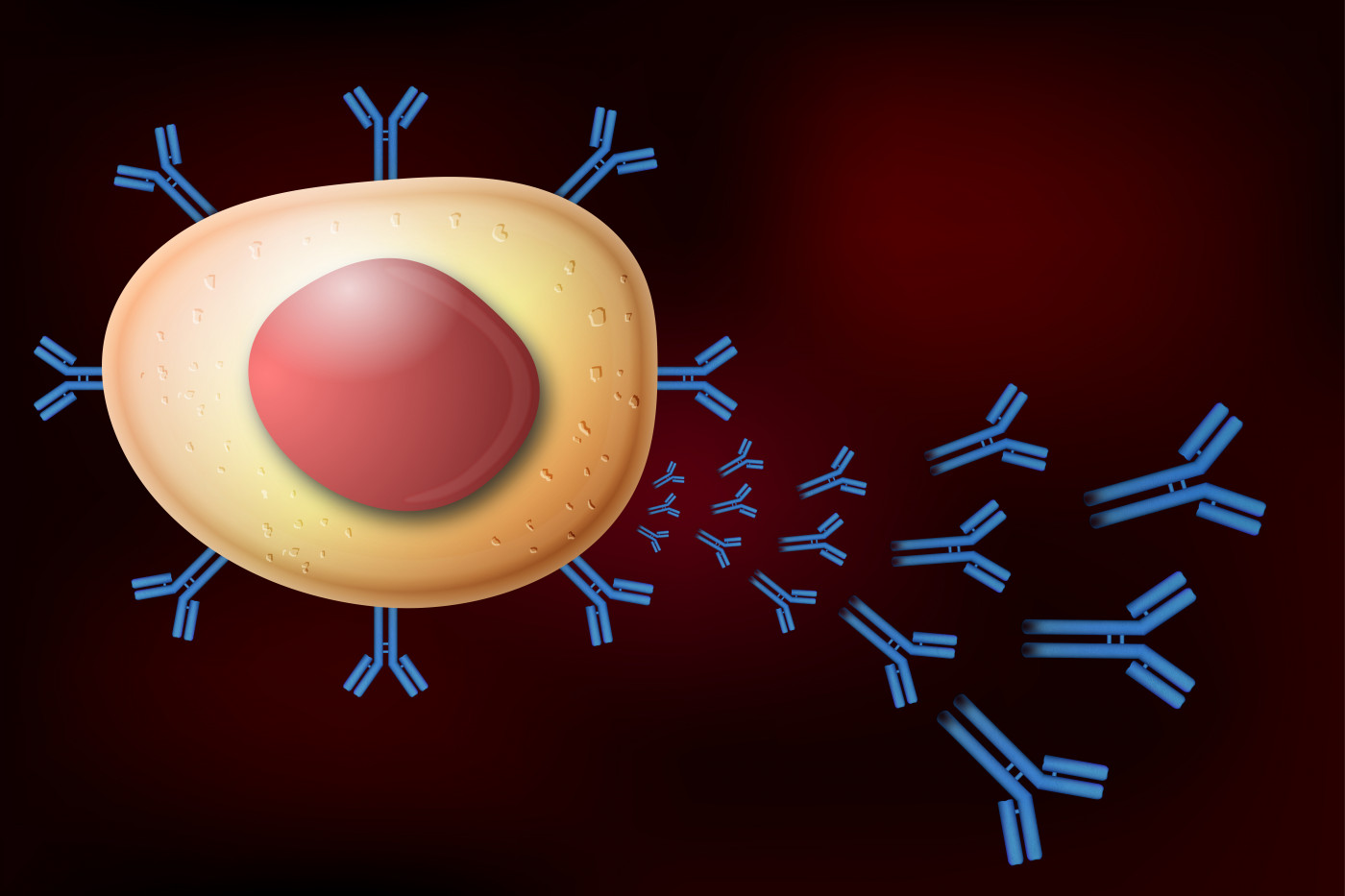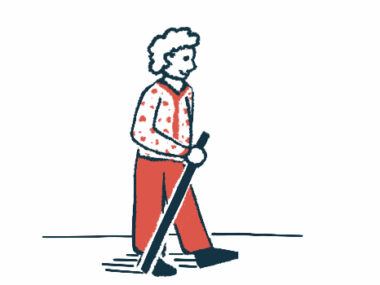Patterns of Muscle Weakness in MG Patients Tend to Shift, Study Finds
Written by |

People with myasthenia gravis suffer from diverse patterns of muscle weakness, which tend to shift frequently throughout the disease’s course, a new study shows.
The study, “Heterogeneity and Shifts in Distribution of Muscle Weakness in Myasthenia Gravis,” was published in the journal Neuromuscular Disorders.
Myasthenia gravis (MG) is an autoimmune disease in which a patient’s own antibodies attack healthy proteins — known as antigens — in the body.
The most frequent antigen target is the acetylcholine receptor (AChR). Antibodies against this receptor are present in about 85 percent of MG patients.
While exposure to circulating antibodies should be similar for all types of muscles, physicians observe that there are different patterns of muscle weakness in individual patients.
To date, it is still not fully understood why there is such as a large amount of diversity (i.e. heterogeneity) that is observed in regard to patterns of muscle weakness in people with MG.
Understanding the cause of different muscle weakness patterns in MG patients might help inform treatment choices and clinical trials, as some studies show that patients with ocular (eye-related) or generalized weakness respond distinctly to different therapies.
In order to learn more about the heterogeneity of muscle weakness in MG patients, researchers systematically analyzed the distribution of muscle weakness in 225 MG patients with antibodies against AChR and the shifts in this distribution at subsequent time points.
Muscle weakness was categorized into three groups: ocular (O), bulbar (which includes speech problems, chewing weakness, swallowing weakness, or facial weakness, B) and neck/limbs/respiratory (neck weakness, respiratory weakness, hand weakness, arm weakness, or leg weakness, NLR).
There were four other groups corresponding to the combination of muscle weakness including O+B, O+NLR, B+NLR, and O+B+NLR.
At baseline, 86% of patients reported experiencing ocular weakness, 76% reported bulbar weakness and 81% reported NLR weakness.
Results indicated that ocular or bulbar weakness was resolved more frequently than NLR weakness, suggesting that NLR weakness responds less well to therapy or that oculo-bulbar muscles are better able to adapt to the chronic exposure to autoantibodies.
Furthermore, patients who did not have any form of NLR weakness reported remission more often in the first six months of their disease (defined as baseline).
Thus, these results suggest that the initial type of muscle weakness present in AChR MG patients is of prognostic value.
When looking at patient characteristics, those with either O, B, or OB weakness tended to be older at disease onset and were more frequently male compared to patients with NLR, ONLR, BNLR, or the OBNLR phenotype.
At baseline, 25 patients were purely ocular in their phenotype. Twelve of these patients (48%) remained purely ocular at subsequent time points while another 12 patients reported the appearance of NLR weakness and one patient developed an oculo-bulbar weakness.
Non-ocular phenotypes (B, NLR, BNLR) were reported by 31 patients (14%) at baseline, among whom 15 (48%) never had any ocular weakness throughout their disease course.
“MG patients have heterogeneous distributions of muscle weakness and frequently shift between phenotypes,” the authors concluded.
The researchers added that these results suggest there are other factors besides AChR antibodies that are of importance in determining muscle weakness in MG and that exploring these factors may help in developing tailored approaches for treatment of MG.
“Exploring these factors may help in developing a “personalized medicine” approach in MG by taking patient phenotypes into account in future clinical trials and in day-to-day treatment decisions,” they said.






Gerald Gitler
Thank you for doing the study. Could you please explained the initials you use in your article. Not everyone has a bio or med degree. You can take ten patients and I doubt three would have identical symptoms.
Charles Schuster
I have the Bulbar form of Myasthenia. At its worst it involves swallowing, one eye lid droop, and speech. Currently, it is being managed with Mycophenolate. I have read recently Statins may have an adverse affect and am wondering if it (Atorvastatin) should be discontinued since my cholesterol number is not high. My MG hit when I was 70. Would it be helpful to use my case in a study? Are there clinics specializing in this disease?
Amanda
They are explained in the article.It first mentions each type by full name and description.
Morris Guest
I have the form of Bulbar MG but it sometimes overlaps into ocular and what I call neck drop. It all was in remission for awhile but now seems to be coming back as strong as it was. The doctor has been trying to control it with Prednisone and Pyridostigmine but with not much luck. Any relief is only temporary. My regular Doctor had changed my blood pressure medicine to Losartan and was wondering if that is worsening the problem or is just coincidence.
Susu
I am a female who was diagnosed with Mg at apprx 42 ....i had O B and NLR...i had a full thymectomy at 45. My O and B were the major issues....NLR were present..after thymectomy my B went completely away....still have O and NLR...trying prednisone to eradicate it.. taking half a pill every other day...overall improvement until I see multiple objects, tiles of things or lites....then O is bad again...NLR occurs all the time until i rest...I am however giving up on the whole thing as i have untreated Adhd-RSD and I cant seem to get help getting it diagnosing it..the point here is my neurologist seems only concerned with this diesease not my whole well being.. pretty disconcerting to find out neurologists can diagnose ADHD..I dont see any specific proof that continued pregnisone use will improve my MG for sure..and the length of time to see if it does seems pointless as i no longer worry about the devasting effects of MG ....researchers may find this interesting MG ADHD and peri meno symptoms presented at the same time after late age pregnancy/birth.....sadly and sincerely ss